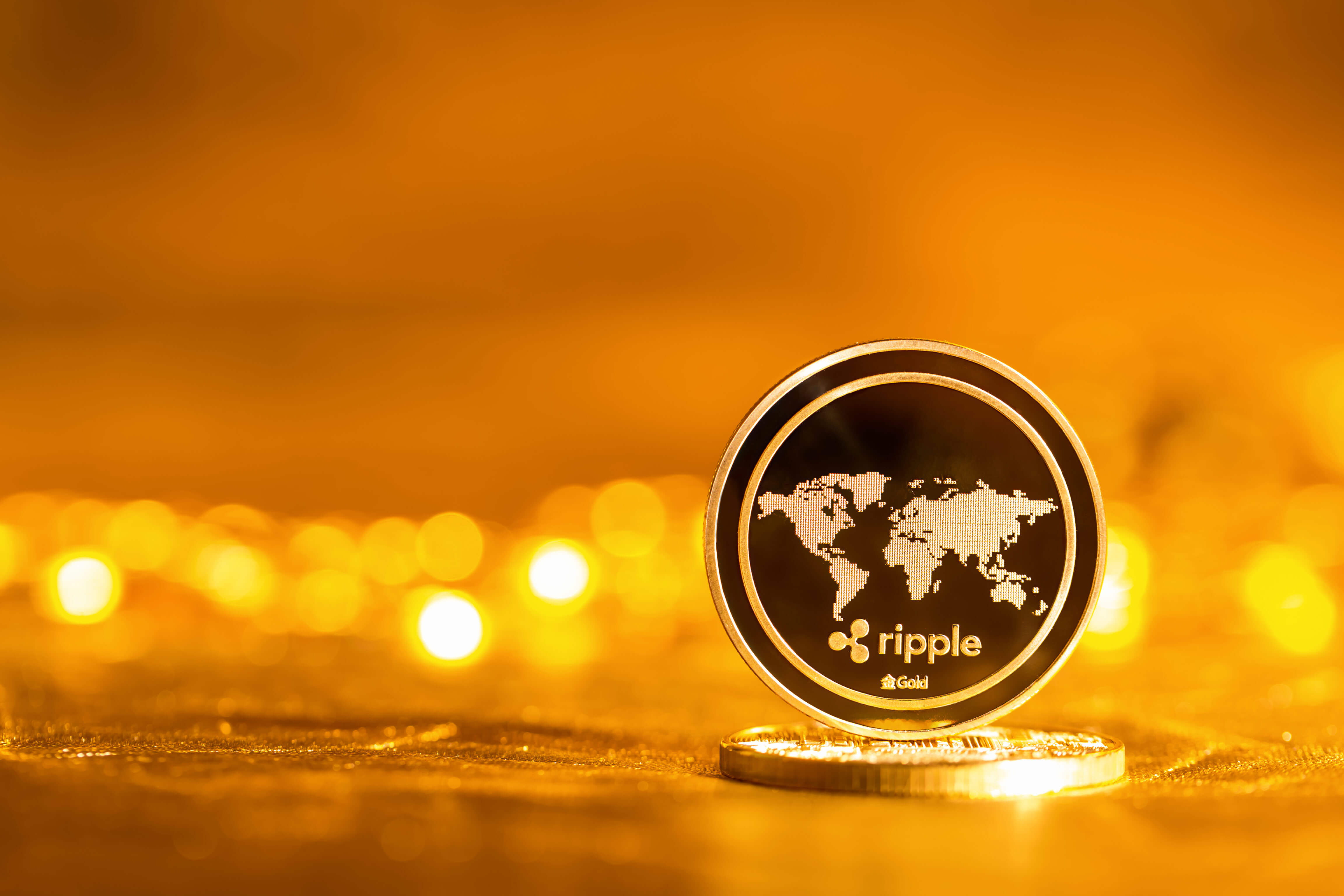
If we pay close attention to the history of virtual coins, we’ll realize that there is a cryptocurrency older than Bitcoin functioning on the market. Although it’s commonly accepted that the idea of a cryptocurrency was created along with the release of Bitcoin, there is another e-coin that played a big role in that. We’re talking about Ripple – the older brother and the biggest enemy of Bitcoin.
Older than Bitcoin – the birth of Ripple
Ryan Fugger is considered to be the creator of Ripple (XRP). Ever since this cryptocurrency was created, it attracted great interest. Ripple became more and more popular and gained power until it shook the cryptocurrency market. Its growth began in 2004, which was connected to the founding of RipplePay. The system was perfected for the next few years, until finally in 2011 it was designed to be faster and less energy-consuming than Bitcoin. Soon after that, even more changes were introduced, allowing for transferring money within a few seconds. From 2012 onwards, the Ripple Company was focusing more on extending their offer for the banking industry.
The Ripple’s system works as a quasi-decentralized transaction network, based on blockchain technology. The payment protocol is very similar to and compatible with paper currencies, the commodity market, and other cryptocurrencies. Its users have the option to transfer funds in real time, which is undoubtedly an advantage of this e-coin. Making transactions through the Ripple system is possible using other cryptocurrencies or investment assets. That’s something that makes Ripple different from all the others. This system of funds transfer is possible with the use of xRapid and xVia protocols. The xRapid system is an accounting network which makes instant transfers. The xVia system, on the other hand, is a bank terminal, allowing connection to the Ripple network. The modern system of this e-coin attracts interest, especially that of worldwide banks, governments of the biggest countries and international corporations. Ripple is considered to be a great form of transfering funds, while also being a forward-looking (and relatively safe) investment.

Ripple’s popularity – from a system to the e-coin
Ripple is currently one of the most popular cryptocurrencies available on the cryptomarket. It is invested in by national and private investors from all over the world. Its development is constantly supervised by specialists from countries like United States, Singapore, and Australia. Ripple has a very strong and stable position on the cryptomarket. So, it would be worth to ask what exactly stands behind the success of this cryptocurrency. A very important part of the Ripple’s development was introducing the plan to create a system of an autonomic accounting unit. It was based on the blockchain technology, which was supposed to make funds transfers faster. In addition, this e-coin was supposed to be more efficient and less energy-consuming than Bitcoin, which would affect its market position significantly. In 2012 they began working on the Ripple Transaction Protocol (RTXP), which then evolved into the XRP cryptocurrency, and then into Ripple Labs. These works quickly attracted the attention of companies like Venture Capital Google or the German bank Fidor. Ripple Labs grew more powerful until it evolved into the Ripple we know. It is currently considered to be one of the best-developed cryptocurrencies based on the blockchain technology. This e-coin has the highest scalability and the ability to make over 1,5 k transactions every second. At the same time, it can accept up to 50 k transactions – it’s a really impressive score!
The Ripple team is constantly working on improving their cryptocurrency, which strengthens their position on the market. Investors from all over the world see it as a lucrative investment, so it attracts a lot of attention on the cryptomarket. It would seem like Ripple is climbing up the ranks and has the chance of catching up to Bitcoin. In 2017 the Ripple Network (XRPUSD) was still tied to many worldwide companies and was reaching impressive heights. Unfortunately, just a year later its price quotations started to fall and hit the lowest point in Ripple’s history at 0,2448, which caused it to collapse.
Classic idea – modern technology
Ripple offers the upgraded service of instantly transfering funds and allows to lower the transaction costs. Payments made through this system are encrypted. They are also adjusted to the bank’s current structure. Ripple pays close attention to the four pillars of their system. They are: distribution (the ability for banks to communicate without a middleman), safety (private transactions), scale (high level of processing), and compatibility (connecting to many networks). Ripple is being used increasingly more by the banking sector. Why? As we already mentioned, it’s mostly due to the speed of transactions, but also the low transfer cost and safety of its users. Ripple uses a structure that processes the payments similarly to the blockchain. To this end, it utilizes books for registering every transaction, no matter how big or small. Moreover, unlike Bitcoin, which relies on the so-called “mining”, it uses the iterative consensus process.
Despite its indisputable advantages, Ripple isn’t as popular and infallible as its rival, Bitcoin. But following its history and dynamic development it’s also worth to keep a close eye on it and be up to date on the changes its team implements. The Ripple e-coin offers uncanny payment solutions and attracts unflagging interest, which makes it Bitcoin’s biggest rival.

